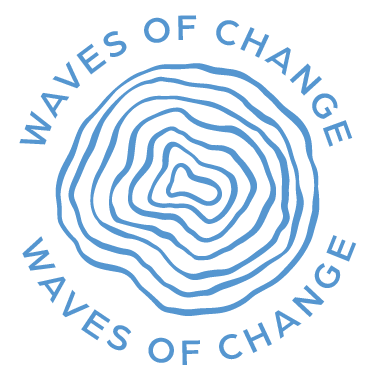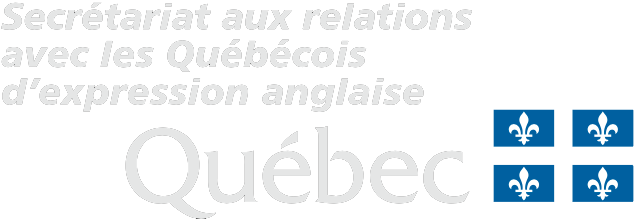Dance

"Pratigne is an Indian classical dance exploration highlighting food waste as a social i
“Deepa draws her audience to the issue in this three part dance-drama. The first act opens with three very happy, tight knit friends. The second act shows the dancers parting ways as life progresses. One has a family, the second ones leads a very lavish lifestyle and the third one is less fortunate - often having to beg for food, and remaining hungry for days on end. In the final act the first two friends meet the third one by chance. They are distraught by her situation and immediately offer her food. They are surprised to see, that despite her hunger she shares her food. Taking her lead the others also follow and the performance ends with the three taking an oath on stage: to not take more than they could eat, to share food with the hungry, and to teach children to follow.This work is important because living in a progressive society here in Canada, we often take for granted what the less fortunate do not have. Including the most basic of necessities. This piece of work was a reminder to be grateful and aware of our fortune, as well as our moral obligation to do good for others."
Fan favourite
Deeksha Arya
Deeksha Arya
What We Choose to Remember features a cast of more than 30 characters, whose families arrived in successive waves of immigration. The oldest families arrived during the period of ‘two solitudes’ when Montreal’s population was more than 50% English. They share firsthand accounts decades of political upheaval. The most recent immigrants arrived believing linguistic conflicts were ancient history.
Visit the website to watch the trailer and find tickets to our public screenings ︎ Visit the website to watch the trailer and find tickets to our public screenings ︎
Visit the website to watch the trailer and find tickets to our public screenings ︎ Visit the website to watch the trailer and find tickets to our public screenings ︎
Acknowledgements
Our story takes place on the Indigenous lands of the Kanien’kehá:ka (Mohawk) nation of the Haudenosaunee Confederacy. Tiotià:ke (known as Montréal) has existed as a meeting place of many First Nation peoples, including but not limited to the Abenaki , Anishinaabeg (Algonquin), and the Huron-Wendat. We extend our deepest respect to the elders of these nations and to all Indigenous peoples who carry the history of this island’s land and waters. We also call upon all levels of government to adopt and implement the 94 recommendations of the Truth and Reconciliation commission.
We acknowledge the support of our sponsors
Our story takes place on the Indigenous lands of the Kanien’kehá:ka (Mohawk) nation of the Haudenosaunee Confederacy. Tiotià:ke (known as Montréal) has existed as a meeting place of many First Nation peoples, including but not limited to the Abenaki , Anishinaabeg (Algonquin), and the Huron-Wendat. We extend our deepest respect to the elders of these nations and to all Indigenous peoples who carry the history of this island’s land and waters. We also call upon all levels of government to adopt and implement the 94 recommendations of the Truth and Reconciliation commission.
We acknowledge the support of our sponsors



